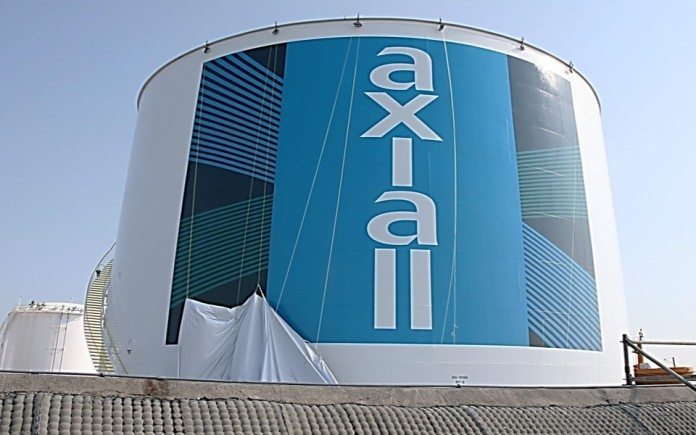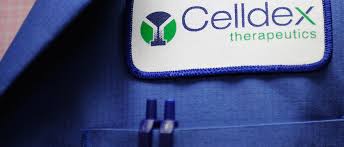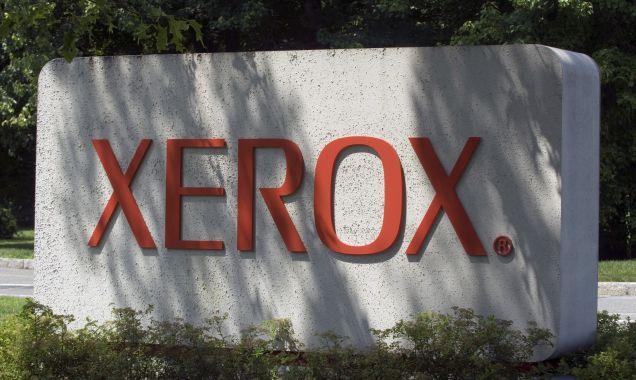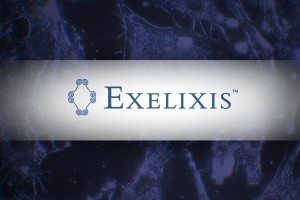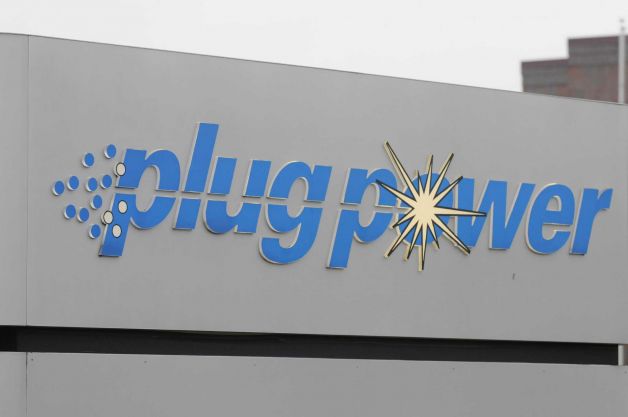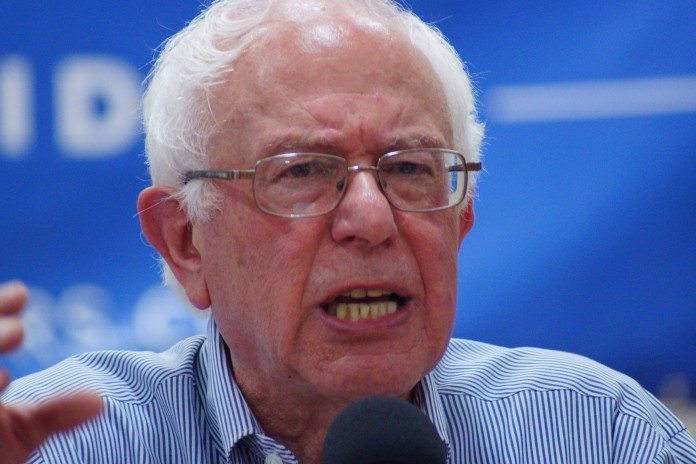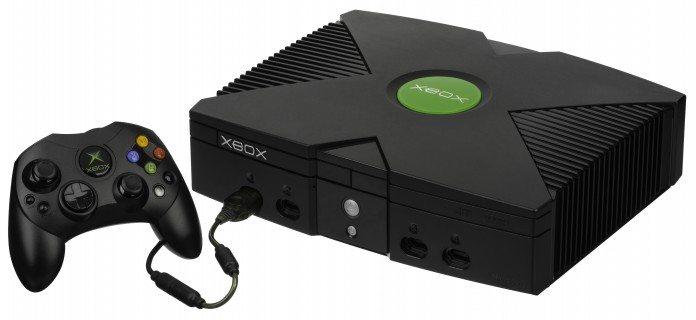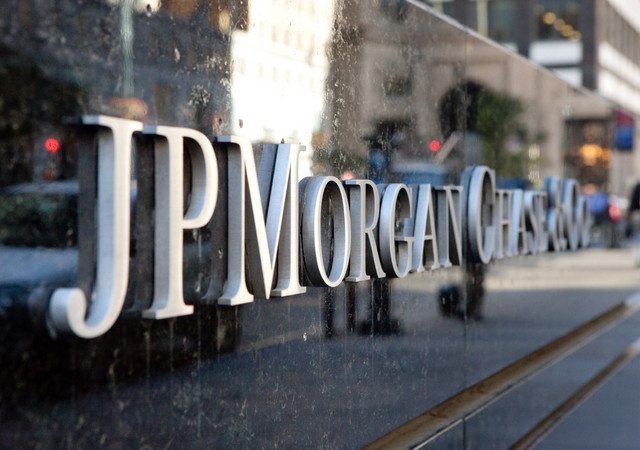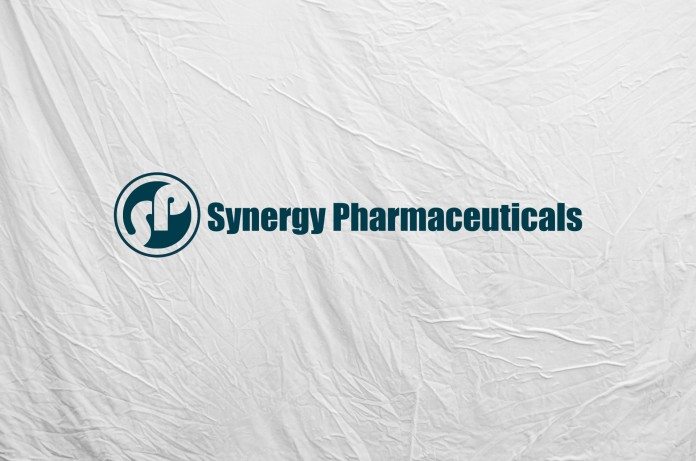At the beginning of January, development stage biotech Synergy Pharmaceuticals, Inc. (NASDAQ:SGYP) reported its intentions to submit the first of two NDAs for its lead development candidate, plecanatide. The drug is an analog of a peptide called uroguanylin (which we’ll look at in a little more detail shortly), with a target indication of chronic idiopathic constipation (CIC) and irritable bowel syndrome with constipation (IBS-C). It’s the CIC indication that Synergy is targeting with the upcoming NDA. If the company is to hit its own target of submission this month, its going to have to get something to the FDA today. So, ahead of this submission, let’s have a look at what the drug does, how it performed in trials, and see if we can figure out what its worth to Synergy if the FDA gives it the green light.
Click Here For More Market Exclusive Updates & Analysis
As we’ve said, the drug is an analog (which just means it performs the same function) of the naturally occurring peptide uroguanylin. In our gastrointestinal trace, there is a type of cell called enterochromaffin cell, that are responsible for the secretion of serotonin and uroguanylin, which help and control water transport. One thing that’s important to note is that the target indication is CIC, which is a type of constipation that doesn’t have an underlying medical cause, it just comes about through habit or non-physiologically induced low stool frequency. In this sense, its not that individuals that don’t have enough enterochromaffin cells, or that the enterochromaffin cells don’t produce enough uroguanylin. Through the introduction or plecanatide, Synergy believes the analog can improve upon the GI tract processes, and increase stool frequency in CIC patients.
So how did the drug perform in trials? The trial on which the NDA will be based is a phase III that wound up in July last year, and investigated two doses (3mg and 6mg) compared with placebo across more than 1300 patients. Both doses demonstrated statistical significance against their placebo counterparts, with the 3mg showing a 20.1% overall improvement rate across a twelve week, once daily oral dose regimen and the 6mg showing a 20.0% improvement across the same regimen, while placebo scored an improvement of12.8%. This trial is further backed up by a second phase III, conducted prior to this one, that demonstrated similar results. The drug was shown to be safe and well tolerated, with adverse events (serious) showing up in just 20 patients (1.4%), across all three arms (both doses and placebo), meaning the AEs might just be general sample AEs rather than directly related to the drug.
What’s the drug worth to Synergy? The current SOC is a drug called Linzess, and it retails at about $350 for a month’s worth of treatment. Estimates put an incidence rate of more than 35 million individuals in the US, and about 40% (14 million) of these are currently on medication. If Synergy meets the Linzess price point, it has a potential market just shy of $4.9 billion. With a current market capitalization of a little over $400 million, it won’t need too high a market penetration for plecanatide revenues to outstrip its valuation.
Finally, let’s talk timeframes. As mentioned, we expect the company to submit the NDA today, but if it doesn’t meet its own deadline, its probably not going to be longer than a couple of weeks from now. With the standard 10 months’ review rate, and assuming the FDA accepts the NDA relatively quickly, we could be looking at a PDUFA before the close of 2016 – likely somewhere around mid to late December. Catalysts between now and then include the release of top line from an extension trial in CIC (currently ongoing and expected during the second quarter of this year), the acceptance of the NDA by the agency and any potential advisory panel review data. The company also has a secondary indication in trials, IBS, and data from this (plus the submission of its follow up NDA) could also inject some upside momentum into its market cap.

